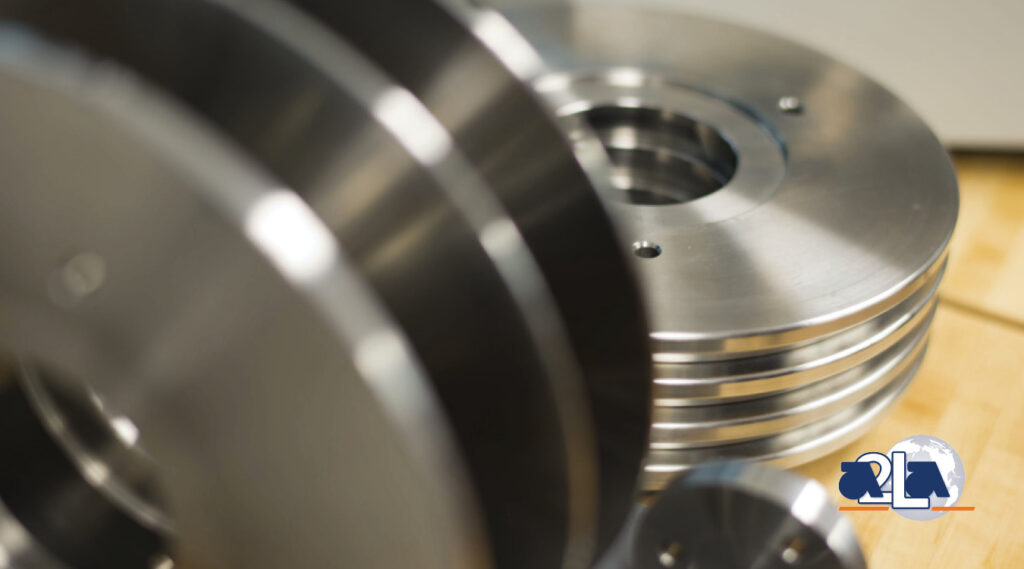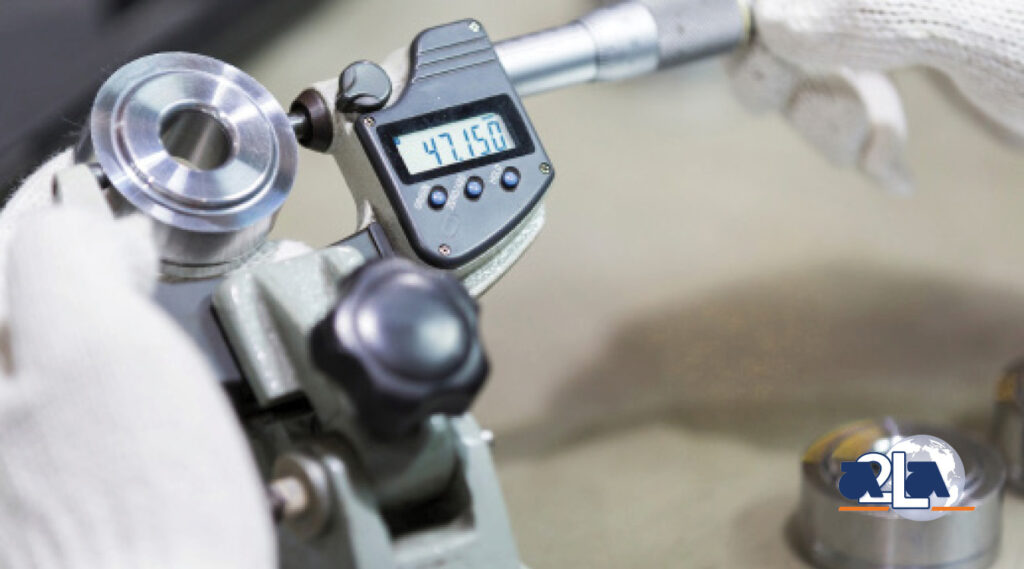Accreditation is the process in which organizations are formally recognized based on their compliance to international standards, such as ISO/IEC 17025. Accreditation from an established accrediting body, such as A2LA, ensures an organization’s competency and promotes high quality service and
World Accreditation Day 2025: Empowering SMEs
Accreditation is a formal recognition earned by a testing, calibration, or inspection organization that has proven to comply with globally accepted, international standards of quality and competence. Accreditation can sometimes be required by government or industry regulators for certain kinds of
10 Steps Toward Achieving ISO/IEC 17025 Accreditation
Achieving ISO/IEC 17025 accreditation is one of the best ways an organization can stand out among their competition. If you’re not already familiar, ISO/IEC 17025 is an internationally-recognized published standard that details the general requirements for the competence of testing and calibration
Accreditation Case Study: Cameron Instruments
Cameron Instruments offers their customers high-quality measurement, calibration, and test equipment, as well as accredited calibration and repair services in their state-of-the-art pressure calibration laboratory. Located in Ontario, Canada, the facility is ISO/IEC 17025:2017 accredited for
ISO/IEC 17025 vs. ISO/IEC 17020: What Each Standard Offers Labs
There is a growing trend of forensic organizations becoming accredited. This trend is for a variety of reasons, including state requirements, a means for receiving grants, or an organization’s desire to demonstrate that the work they perform is repeatable, reliable, defensible, and performed by
Interpreting the Language of ISO/IEC 17025
When seeking accreditation to ISO/IEC 17025, a logical first step would be to read the standard and perform a gap analysis identifying which areas of the standard your organization may need to develop and implement. However, despite the best efforts of its authors, the standard isn’t exactly an easy
Corrective Actions: A Breakdown
As much as we attempt to avoid nonconformities (NCs), they are bound to occur regardless of the competencies, written instructions, and preventative risk mitigation in place within an organization. Nonconformities can come from internal and external audits, complaints, feedback, or all varieties
Common Calibration Certificate Findings
When working with clients that need accredited calibration services, ISO/IEC 17025 instructs laboratories on what is required for accredited calibration certificates in many sections, including 7.8.2.1, 7.8.4.1, and 7.8.6. These requirements are strengthened further by A2LA’s normative requirements








